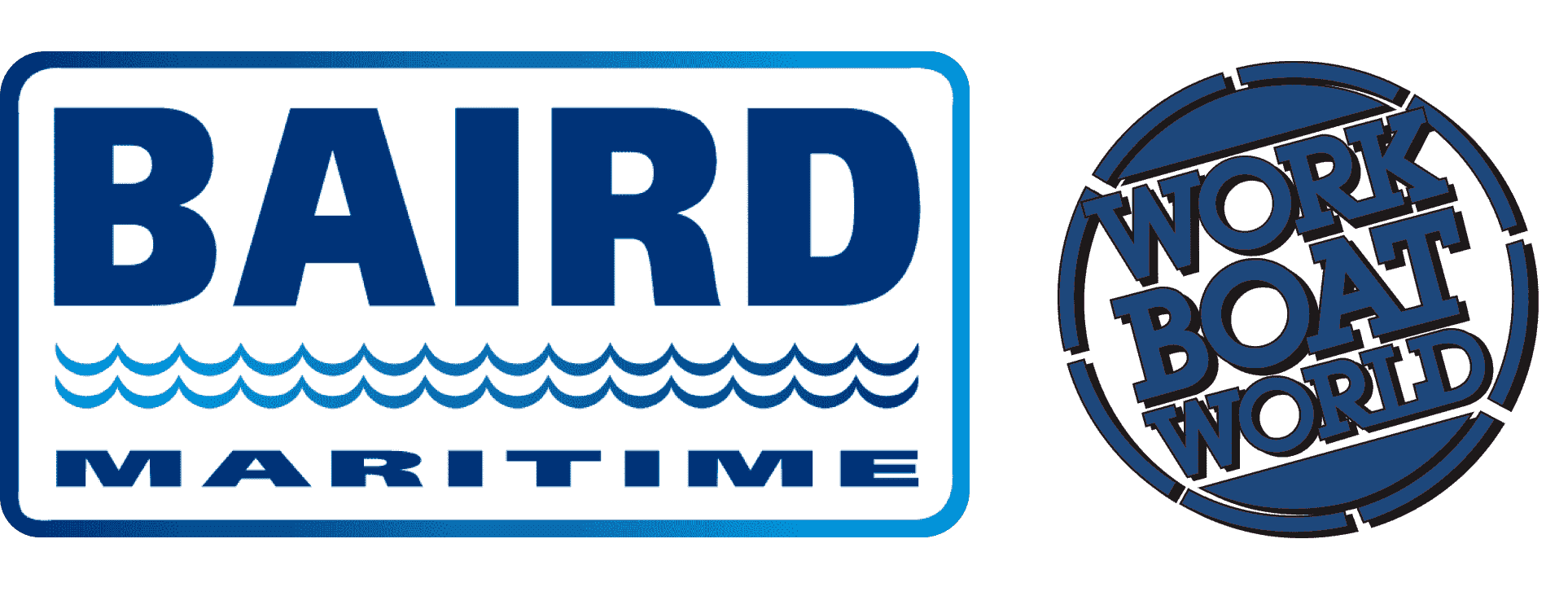Japan to commence rare-earth mud seabed mining trials in early 2026
Japan will begin test mining for rare-earth-rich mud from the deep seabed off Minamitori Island, some 1,900 kilometres southeast of Tokyo, in January next year, the head of the government-backed project said on Friday.
Tokyo is seeking to secure stable supplies of critical minerals amid tightening export controls by China, the dominant supplier of rare earths. Global manufacturers are concerned China's decision to curb exports of rare-earths alloys, mixtures and magnets could slow production and disrupt supply chains.
"The goal is to secure a domestic supply to enhance national security, rather than to enable private companies to profit from selling rare earths," Shoichi Ishii, program director of the Cabinet Office's national platform for innovative ocean developments told Reuters in an interview.
This would mark the world's first attempt to extract mud from the deep seabed for the separation and refining of rare earth elements, he added.
The Japanese Government is pushing ahead with a national project to develop domestic rare earth production as part of broader efforts to strengthen maritime and economic security.
Surveys have confirmed the presence of rare-earth-rich mud at depths of 5,000 to 6,000 meters within Japan's exclusive economic zone (EEZ) near Minamitori Island, Ishii said.
The mud is believed to contain dysprosium and neodymium, which are used in electric vehicle motor magnets, as well as gadolinium and terbium, used in various high-tech products, Ishii said.
Pipes from a deep-sea exploration vessel operated by the Japan Agency for Marine-Earth Science and Technology (JAMSTEC) will be used to extract the mud, which will then be transported to the mainland for analysis to determine its rare earth content.
If successful, the project aims to launch trial operations of a system capable of recovering 350 tonnes of mud per day in January 2027.
The project is government-funded, but details on investment size and estimated reserves have not been disclosed.
(Reporting by Yuka Obayashi; Editing by Sharon Singleton)


